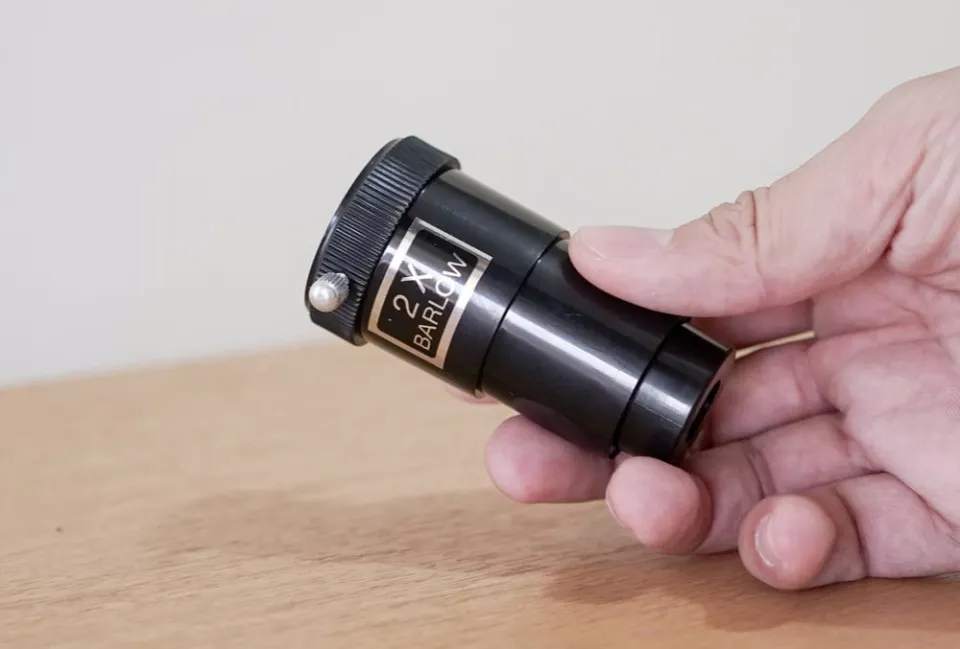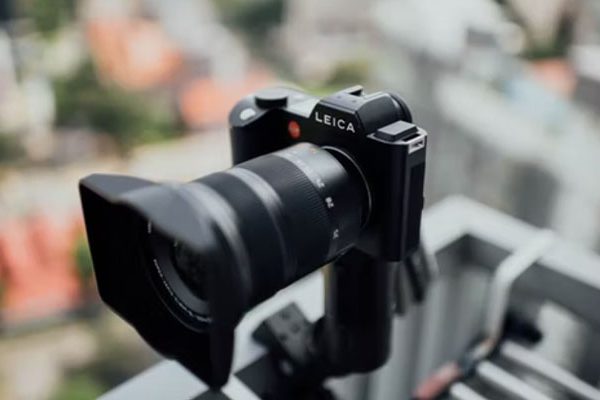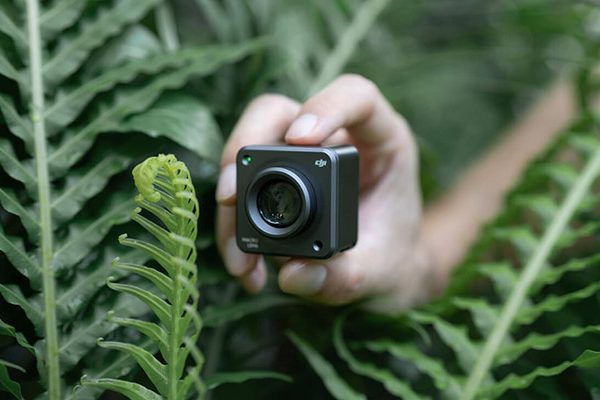This comprehensive guide explains what is a barlow lens, how it functions, and its advantages and disadvantages.
A Barlow lens is an optical tube containing lens elements that diverge the light passing through them. Any type of scope will have a longer effective focal length if one is placed into the light path.
By dividing the telescope’s focal length by the eyepiece’s focal length, you can determine the magnification of the instrument.
Therefore, the magnification of the telescope increases as the effective focal length of the telescope increases.
Learn more about the barlow lens by continuing to read.
Table of Contents
What is a Barlow Lens?
Barlow lenses are optical elements that are named after Peter Barlow, an The first models of these lenses were created in 1833 by an English mathematician and physicist.
In astronomy and astrophotography, Barlow lenses are used as optical components to boost a telescope’s magnification.
Using a Barlow to lengthen the effective focal length of photography lenses is similar to using a traditional teleconverter.
You May Also Like: What is a Toric Contact Lens?
How Does a Barlow Lens Work?
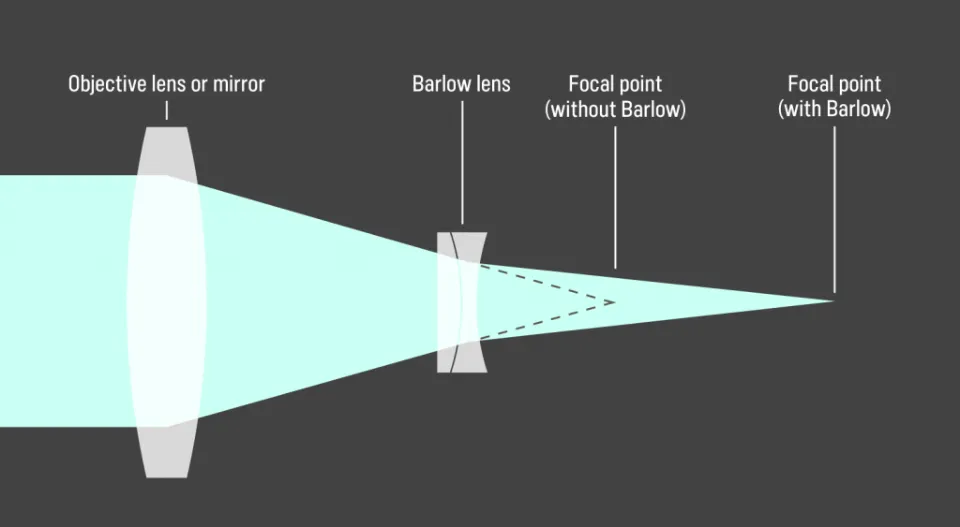
Barlows’ concept is both very clever and relatively straightforward. The first thing you should know is that the formula for magnification is obtained by dividing the focal lengths of the eyepiece and the telescope. That implies that you can increase magnification by the same amount as you decrease the eyepiece’s focal length. The alternative would be to lengthen the tube’s focal length, but doing so would require purchasing a different telescope. This is why Barlow lenses are such useful and affordable accessories.
The focal length of the eyepiece is effectively reduced by the rated amount by barlow lenses.
But how can you shorten the focal length by including yet another component in the optical chain? wouldn’t that increase it?
It’s a reasonable question, but the response is no. Making the cone of light emanating from the telescope’s lens more acute will reduce the focal length by simulating the effect of a telescope with a longer focal length. Check out the following figure to see how much simpler it is to comprehend this idea visually.
However, it should give you a good idea of how Barlow lenses function internally. Please note that this oversimplifies the process.
Benefit of Using Barlow Lens for Astrophotography
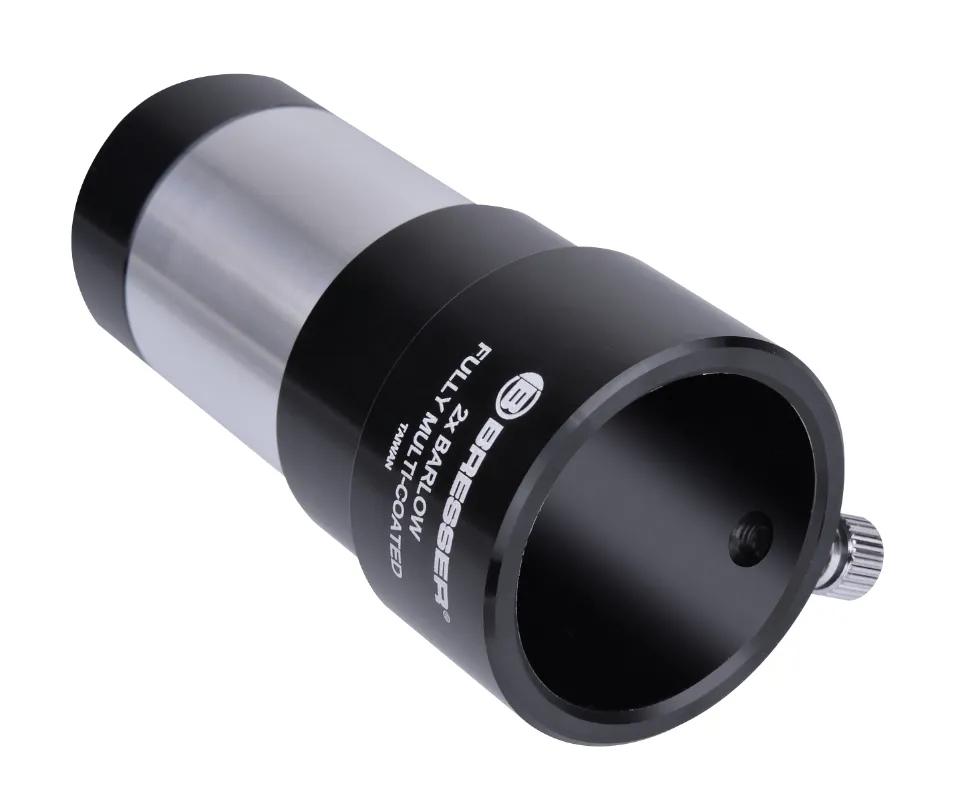
The obvious advantage of using a Barlow lens in astrophotography and astronomy is that it is an inexpensive way to enlarge the image from your telescope.
Particularly if you do astrophotography in direct focus rather than in eyepiece projection, i.e., you use the telescope as a photographic lens, a Barlow lenses are essential.
You cannot enlarge the image in this situation by using an eyepiece with a different focal length.
A 2X, 3X, or 5X magnification is available with the most popular Barlow lens. Some Barlows, known as variable Barlows, have a long nosepiece. As for the eyepieces, you can actually change the Barlow’s magnification by sliding it in or out.
Another benefit is that a If your telescope has a limited backfocus, a barlow lens can help you focus your camera.
Because of the Barlow’s divergent lens, you have more backfocus the higher the magnification it offers. You might be able to focus your camera with a longer backfocus.
Drawbacks of Using Barlow Lens for Astrophotography
When you use a Barlow lens, you have a few shortcomings to consider:
- An image is made darker by a Barlow lens.
- Your telescope’s achromatism will be magnified by a Barlow lens, and it may also introduce additional optical artifacts.
- Your setup’s optical resolution is increased by a Barlow lens, and you run the risk of oversampling your image.
- Because of the higher magnification and optical resolution of a Barlow lens, you frequently require a very accurate Polar Alignment and/or a guiding system.
Since it is a diverging lens and the cone of light is spread over a wider area, the image becomes dimmer as the magnification increases.
The same is true for teleconverters used with photographic lenses; a 1.4x teleconverter reduces brightness by 1 f-stop, while a 2X teleconverter completely darkens the image.
Using a Barlow with a high magnification can be difficult and ultimately pointless if you already own a slow telescope, such as a small Maksutov.
My SkyWatcher Skymax 90/1250 is pushed beyond its ideal limits by a Barlow 3X. I discovered that using a Barlow 2X and cropping afterwards gives me better results.
Barlow Vs Powermate: What’s the Difference?
By lengthening the effective focal length of your telescope, Barlow lenses and Powermates both serve as image amplifiers and boost the magnification obtained through any eyepiece.
A typical Barlow has a 2x magnification and is made up of two, sometimes three, elements that work together to create a negative lens.
Along with enlarging the field of view, this lens creates a diverging ray of light that also causes the exit pupil of the eyepiece to move outward, enhancing the eye relief.
With short to medium focal length eyepieces, this effect is not particularly noticeable, but it is more prominent with longer focal length eyepieces because it can cause vignetting if the eyepiece lenses are not sufficiently wide to allow the full width of the altered light cone through.
The amount of magnification obtained is significantly influenced by the distance between the eyepiece and Barlow lenses.
A Powermate is a telecentric design with four lenses in two doublet groups: a smaller negative lens and a larger positive lens arranged so that light exits the Powermate in parallel rays.
This design makes it more suitable for eyepieces with longer focal lengths and reduces the chance of vignetting by guaranteeing that the eye relief of the eyepiece stays the same as originally intended.
Regardless of where the eyepiece is placed, a Powermate’s magnification is fairly constant.
Powermates are a better option from the perspective of lunar and planetary imaging because they can be stacked to produce high magnification levels.
Conclusion on What is a Barlow Lens
To put it simply, Barlow lenses are a cost-effective way to increase the magnification of your eyepieces.
A 2X Barlow lens is probably the best all-around option, while Barlows with higher magnification should only be used with telescopes that have a large aperture and a fast f-ratio because the image gets dimmer as the magnification increases.
A Barlow lens doubles both the magnification and the number of eyepieces in your collection!
Read More:
FAQs
When Should You Use a Barlow Lens?
In microscopy the Barlow lens is used to increase working distance and decrease magnification.
Does a Barlow Lens Decrease Quality?
If an eyepiece has issues with sharpness at the field edge, most barlows should improve the sharpness of the outer field. A truly bad barlow will degrade the edge performance of good eyepieces.
Can You Use a Barlow With a DSLR?
To attach your DSLR to the Barlow T-Adapter you’ll need a brand specific Camera T-Ring, either Canon or Nikon. Remove the diagonal from the telescope, unless you’re using a solar telescope, and fasten the Barlow T-Adapter to the visual back.

